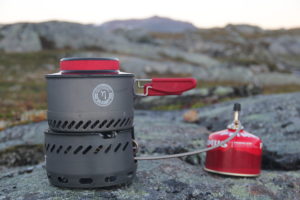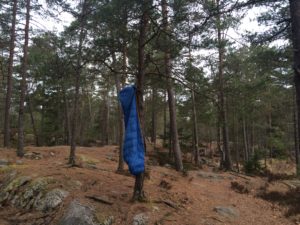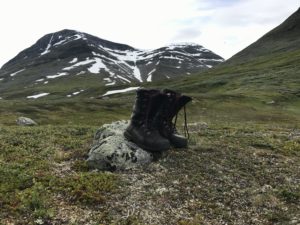So, finally I´d like to give You a list of what You need to pack for a longer hike of a few of more days and over night camping.
When it comes to Your personal gear I recommend to always get the best and lightest stuff that fits Your budget, especially if You want to stay away from mountain stations, cabins and other facilities as much as possible.
Naturally You´d need to pass by a cabin every now and then to wash Yourself and Your clothes, and maybe buy some provisions if You don´t want to carry everything from day one, yet the more remotely You want to roam, the more You need to be able to trust Your gear.
This is what You need to pack:
- Backpack, 60-85l with rain cover – Make sure You´ve tried it on (packed) and that it fits Your back comfortably
- Sleeping bag – make sure to check the average night temperatures of the region
- Mattress – I recommend inflatable with or w/out down filling
- Camping stove – make sure it´s light and You know how it works
- Water filter (or cleansing tablets) unless You´re sure the water quality is ok
- Tent – 3 seasons recommended, try to share a tent between 2-3 persons to save weight from Your packs
- Knife – folded pocket knife is good
- Cup or mug
- Plate or bowl (eating directly out of the pot is a good option)
- Spoon and/or fork (Plastic might break…)
- Lighter or matches
- Maps and compass (if You don´t know how to use them, learn it! Or get a GPS)
- Personal care products
- Basic first aid – bandages, any medication You use, Compeed (for covering and healing of blisters), insect repellents, etc.
Now, this is the bare minimum for hiking considerably safe and comfortable, personally I would not leave anything from that list behind.
Some people want to bring additional stuff to make the trip more comfortable, always remember that You need to carry everything in and out of the wild and make sure that You´re ok with the weight before adding to Your pack, ok?
Thank You so much for checking out my blog, please share this with friends and loved ones who might benefit or be interested!
By leaving Your name and email in the box below You get notification of futures posts and news!
Peace // Claes
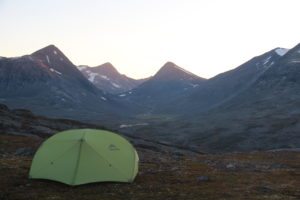
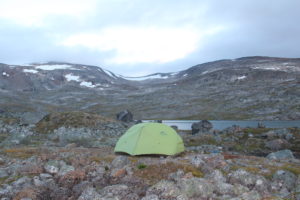 Which to choose is basically up to Your preferences, though there are a few advantages to both models that might influence which one suits Your needs best.
Which to choose is basically up to Your preferences, though there are a few advantages to both models that might influence which one suits Your needs best.